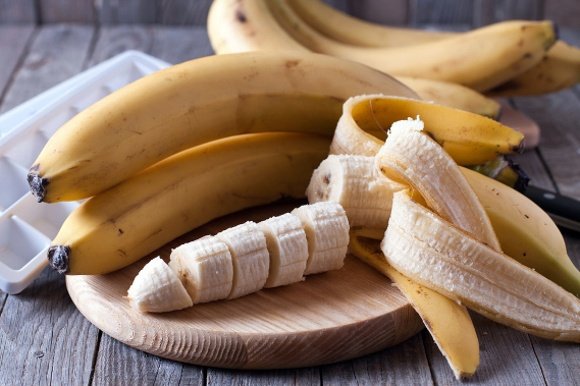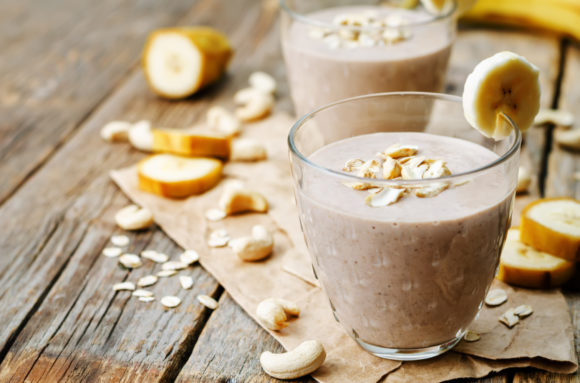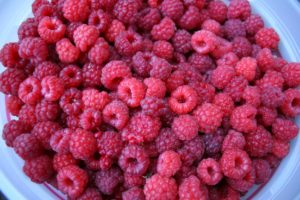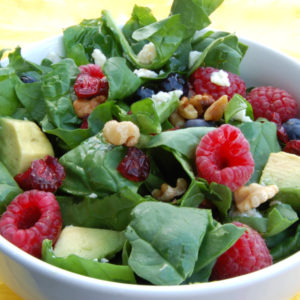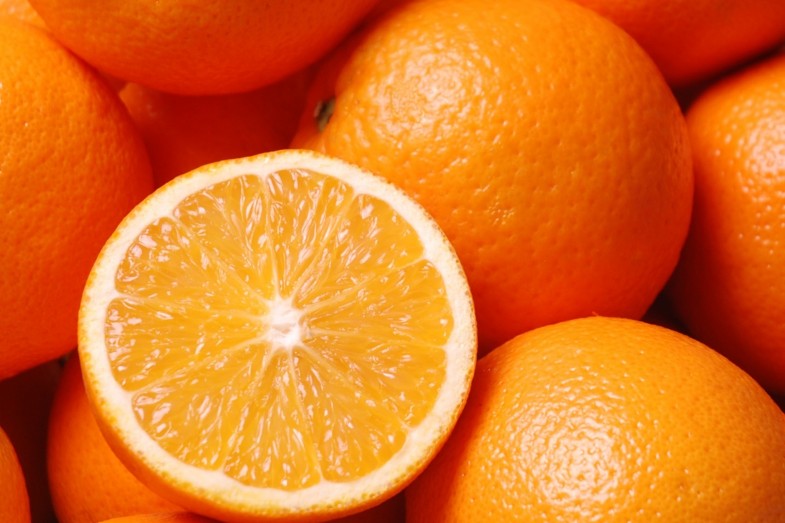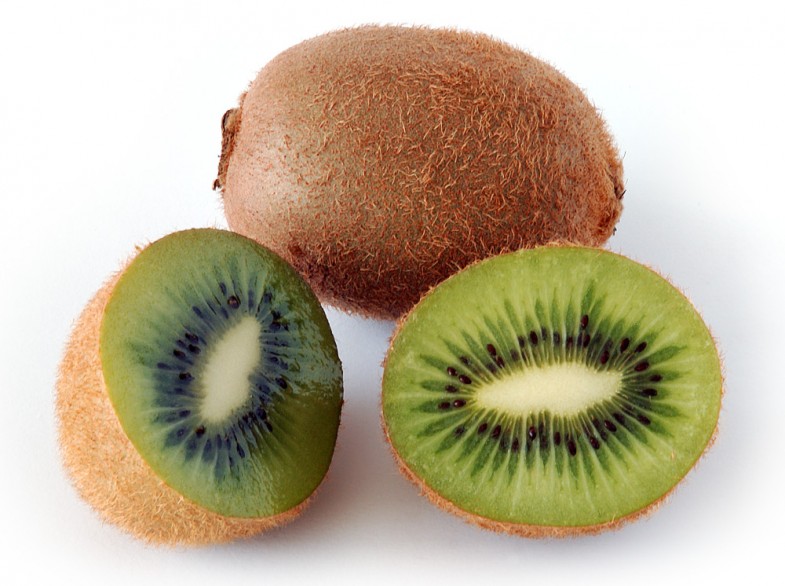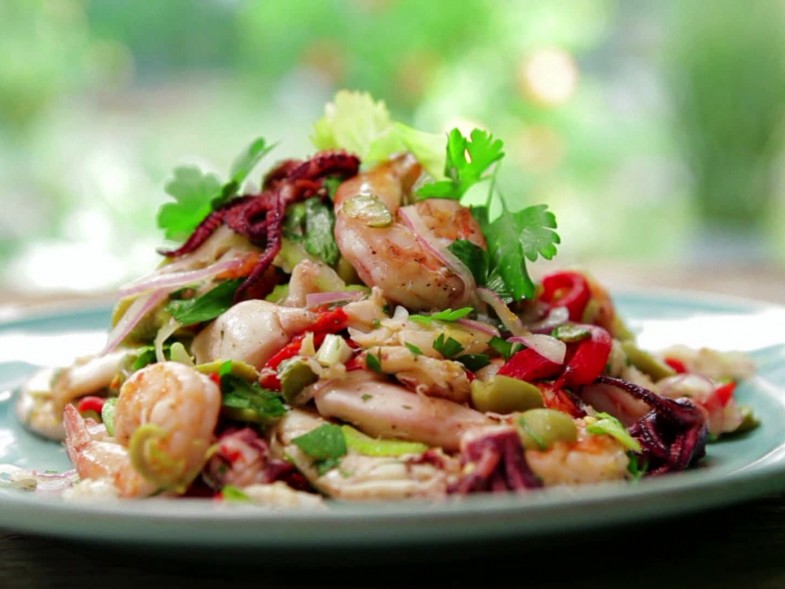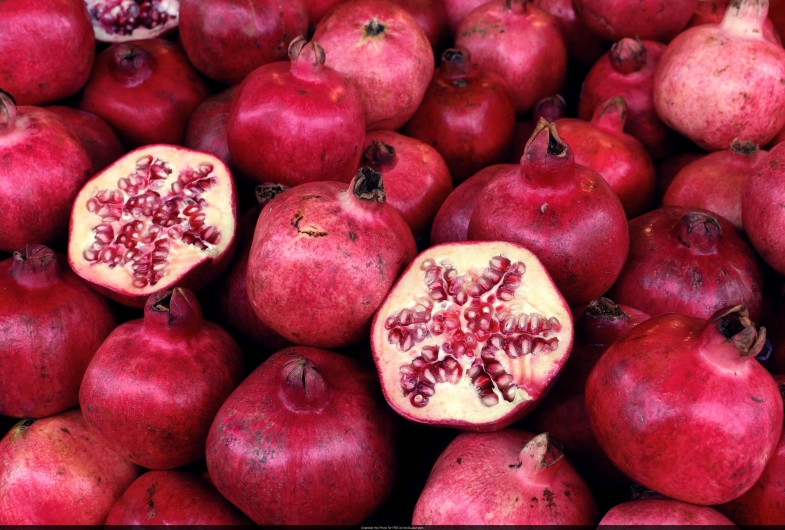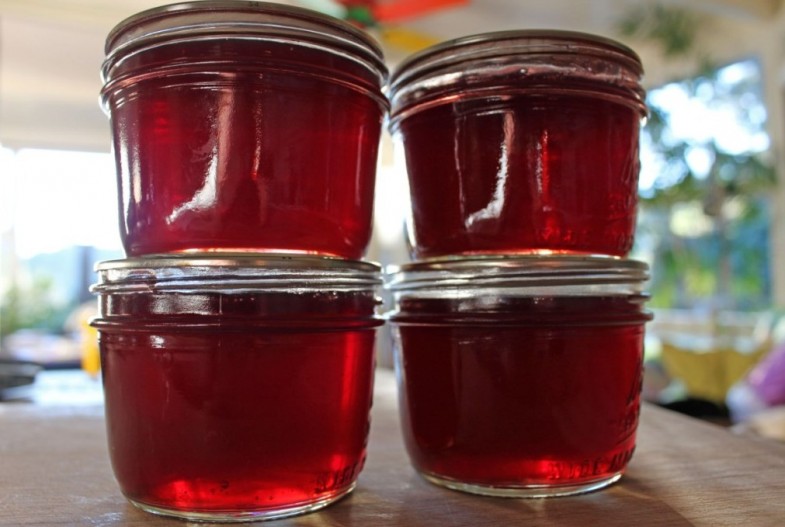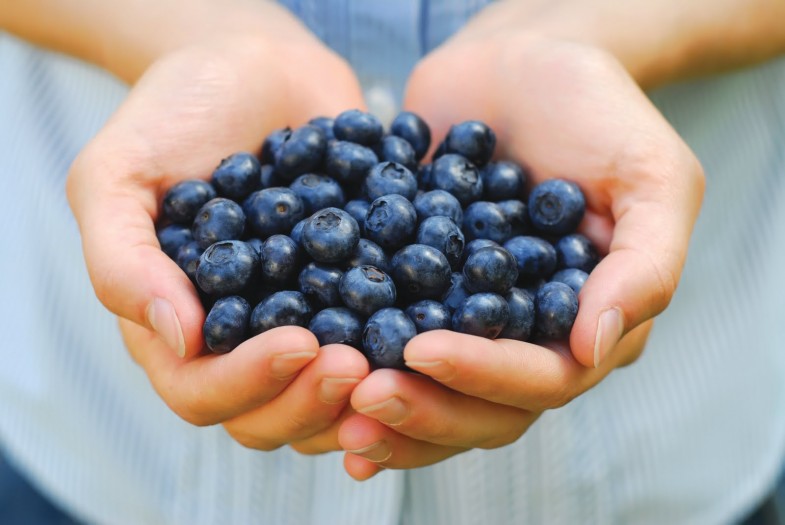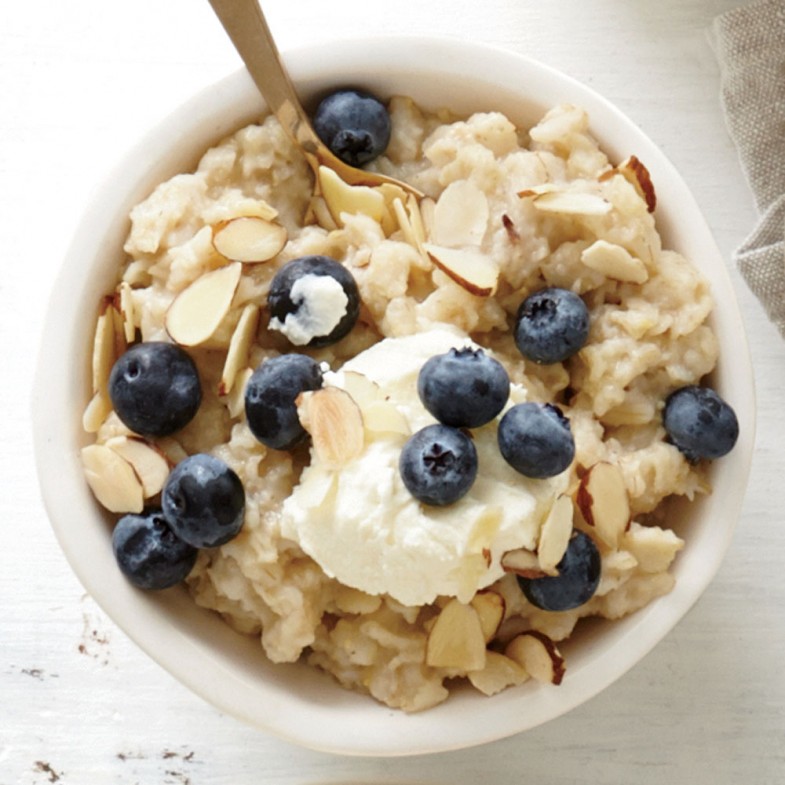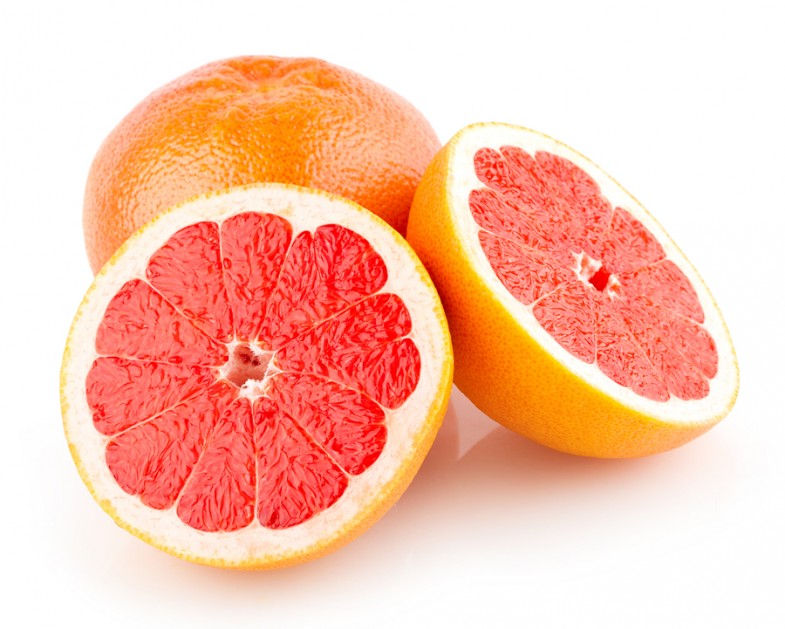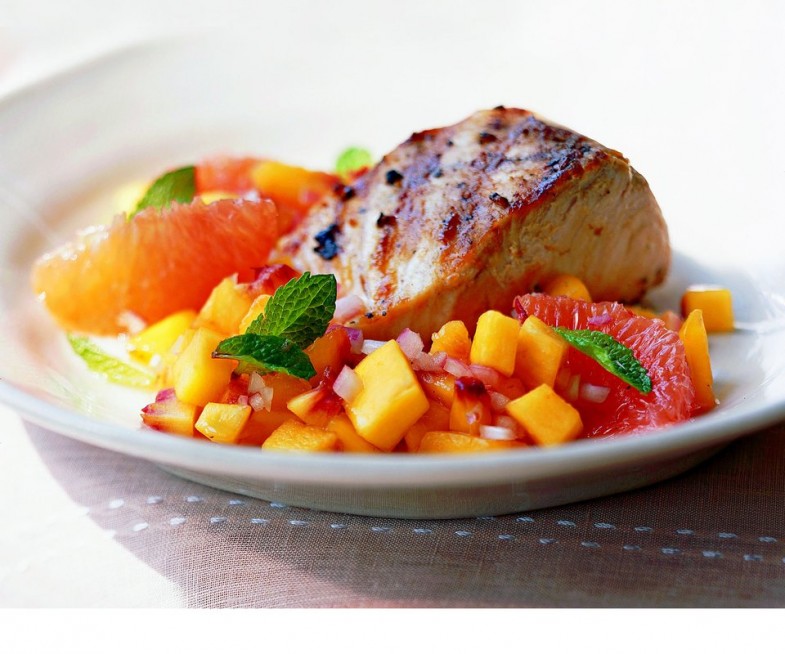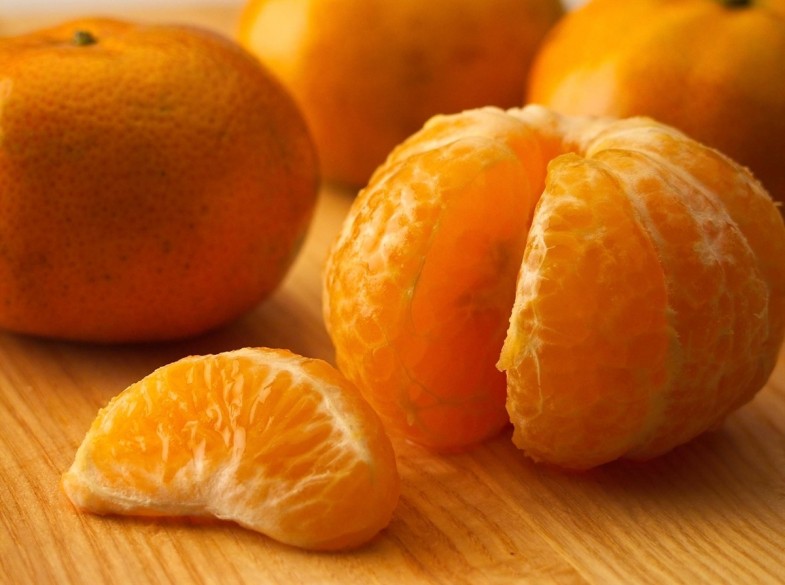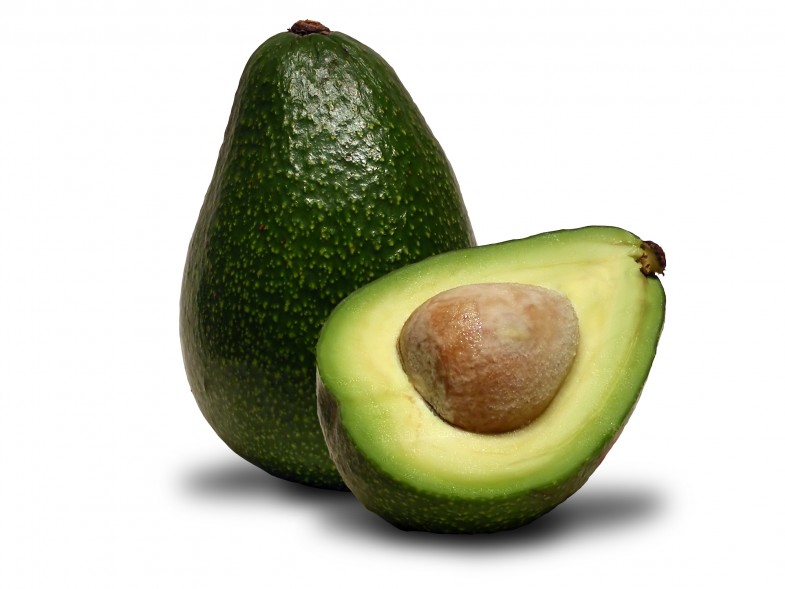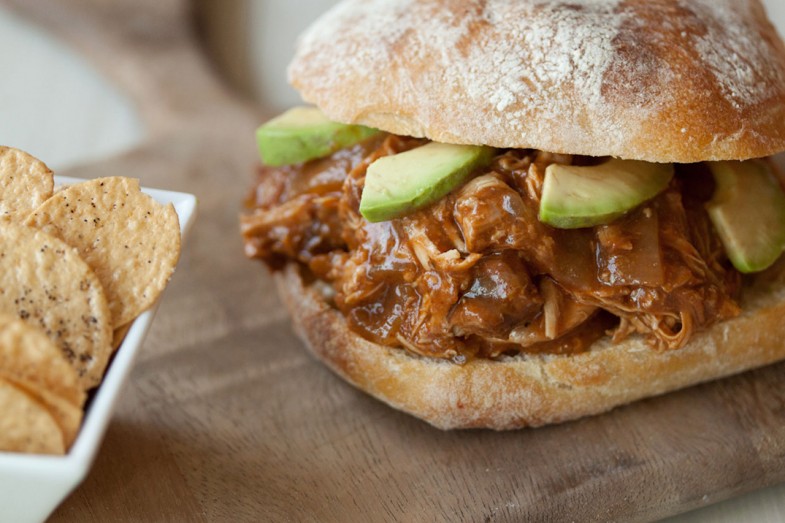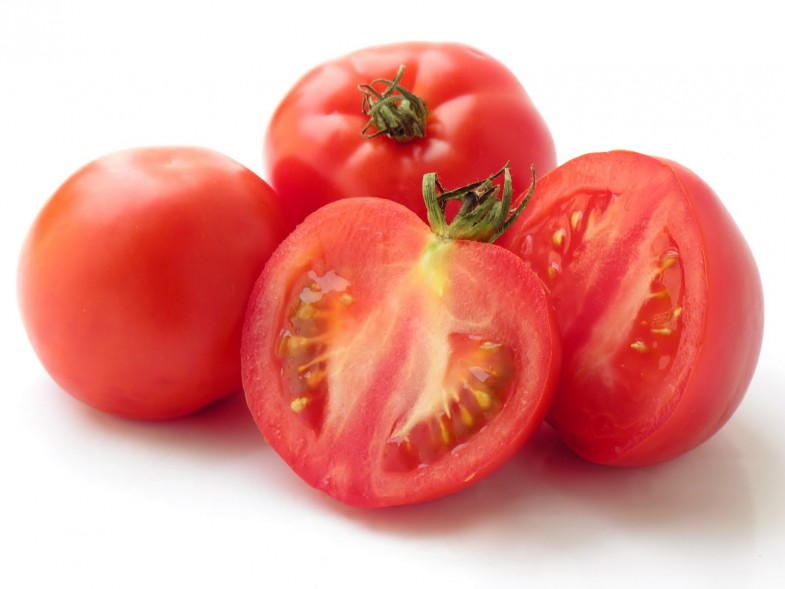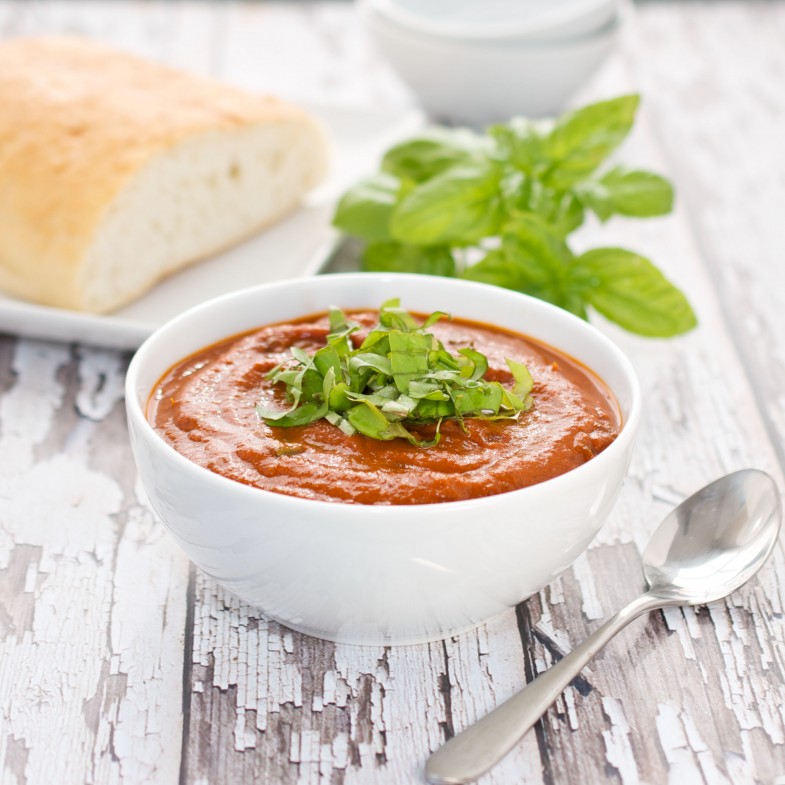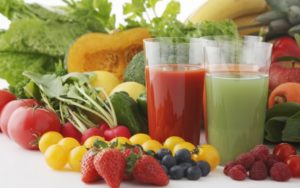
Most people do not know about magnesium or how important the mineral can be for our health. You need to understand that Magnesium is involved with over 300 metabolic processes in the body, which has lead to the mineral being called the “master mineral”. So do you know how to spot a magnesium deficiency, and what the symptoms are? Keep reading!

What Does Magnesium Do?
Magnesium is important because it’s a mineral used by every organ in your body, especially your heart, muscles, and kidneys. If you suffer from unexplained fatigue or weakness, abnormal heart rhythms or even muscle spasms and eye twitches, low levels of magnesium could be to blame.
Because Magnesium is also found in more than 300 different enzymes in the body and plays a role in your body’s detoxification processes, it is important for helping to prevent damage from environmental chemicals, heavy metals, and other toxins. It is also necessary for:
- Proper transportation of calcium, silica, vitamin D, vitamin K, and obviously magnesium.
- Activating muscles and nerves
- Creating energy in the body
- Detoxification
- Helping digest proteins, carbohydrates, and fats
- Serves as building blocks for RNA and DNA synthesis
- Acting as a precursor for neurotransmitters like serotonin
Why Is Magnesium So Hard To Come By?
Thanks to modern farming methods that use chemical fertilizers, pesticides, and insecticides that are absorbed into the soil, out topsoil has been heavily depleted of its mineral content. This mineral is now missing from most of our topsoil.
By some estimates, up to 80% of Americans are not getting enough magnesium and may be deficient. Other research shows only about 25% of US adults are getting the recommended daily amount of 310 to 320 milligrams (mg) for women and 400 to 420 for men. What is even more concerning is that consuming just this amount is only enough to ward off deficiency.
Organic foods may have more magnesium if grown in nutrient-rich soils but it is very difficult to make that determination. If you opt for a supplement, be aware that there are a wide variety of magnesium supplements on the market, because magnesium must be bound to another substance, is there’s no such thing as a 100% magnesium supplement.
The substance used can affect the absorption and bioavailability of the magnesium, and may provide more targeted health benefits. Magnesium threonate and citrate are some of the best sources, as it seems to penetrate cell membranes which results in higher energy levels.
Besides taking a supplement, another way to improve your magnesium status is to take regular Epsom salt baths or foot baths. Epsom salt is a magnesium sulfate that can absorb into your body through your skin. Magnesium oil can also be used for topical application and absorption.
Whatever supplement you choose, be sure to avoid any containing magnesium stearate, which is a common but potentially hazardous additive.
One good thing to remember is that it’s almost impossible to overdose magnesium, but consuming too much magnesium is still not a good idea. Too much of the mineral could lead to some side effects like irregular heartbeat or slowed breathing. Similar to oral ascorbic acid C, there is a bowel tolerance threshold that brings on diarrhea if exceeded.
How To Tell If You’re Getting Enough Magnesium
The best way to tell if you are getting enough magnesium is the “bowel test”. Like I mentioned above, if you have too much magnesium your stools become loose. However, this may be a blessing for people with constipation which is one of the many ways magnesium deficiency manifests.
Signs of a Magnesium Deficiency
This anti-inflammatory mineral offers protection against illnesses like arthritis and Alzheimer’s disease, magnesium has been used to aid problems like high blood pressure, diabetes, respiratory issues, and much more.
While observing bodily signs can help you tell if you have a deficiency, you may want to have some tests administered. If you’ve recently had a blood test, you might assume it would show a magnesium deficiency. But only 1% of magnesium in your body is distributed in your blood, making a simple sample of magnesium from a serum magnesium blood test not very helpful.
This is because magnesium operates on a cellular level and accumulates in organ and nerve tissue, so even good results with blood testing are very often deceptive. Here are some telltale signs:
- Anxiety/Panic Attacks
- Asthma
- Bowel Diseases
- Blood Clots
- Calcium Deficiency
- Cystitis
- Confusion
- Constipation
- Difficulty Swallowing
- Depression
- Dizziness
- Fatigue/Weakness
- High Blood Pressure/Heart Disease
- Hypertension
- Hypoglycemia
- Insomnia
- Liver & Kidney Disease
- Migraine
- Muscle Cramps
- Nausea
- Nerve Problems/Tremors
- Osteoporosis
- Personality Changes
- PMS, Infertility & Preeclampsia)
- Poor Heart Health
- Poor Memory
- Potassium Deficiency
- Respiratory Issues
- Raynaud’s Syndrome
- Seizures
- Tooth Decay
- Type II Diabetes
How To Get More Magnesium
You can find inexpensive products that feature magnesium citrate, which is among the most readily absorbed forms of magnesium supplements.
You can also apply transdermal magnesium chloride topically to be absorbed internally through the skin. Magnesium chloride is also known as magnesium oil, though not really an oil, more of a briny solution from ancient sea beds. It is available through various online sources, so just Google magnesium oil products to locate some.
If you don’t want to supplement and simply want to acquire magnesium through food sources, here are some of the top foods that can relieve you of any magnesium deficiency symptoms:
- Almonds & Cashews (other nuts)
- Avocados
- Bananas
- Beans & Lentils (Kidney, Soy & Black Beans)
- Dark Chocolate
- Dried Fruit (Figs)
- Okra
- Pumpkin, Sesame & Sunflower Seeds
- Soybeans
- Spinach (Dark Leafy Greens)
- Squash
- Whole Grains (Brown Rice)

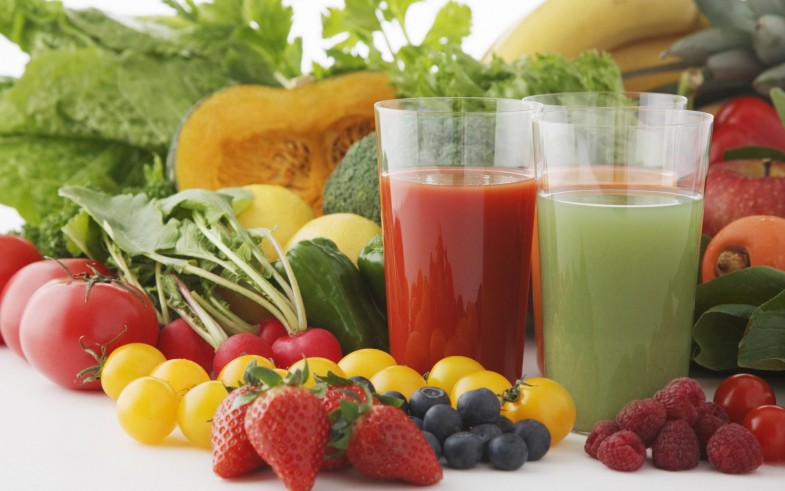

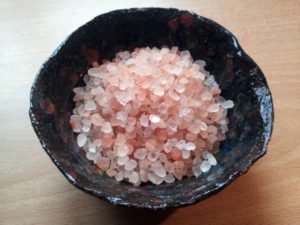

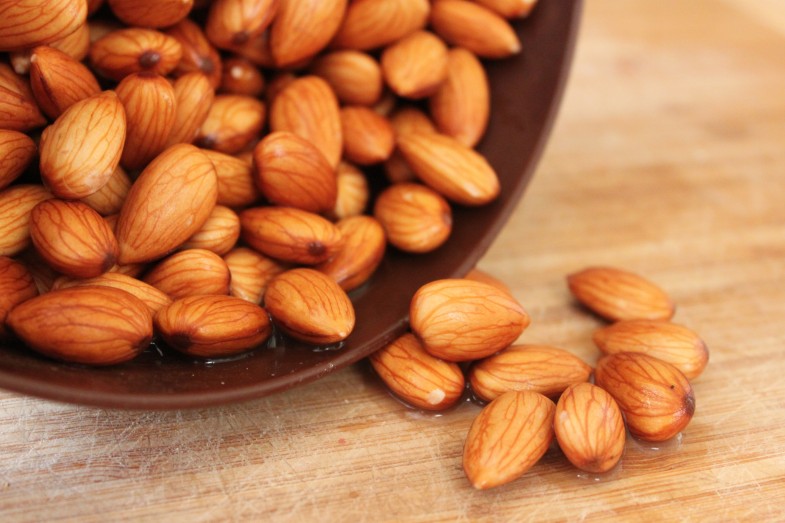
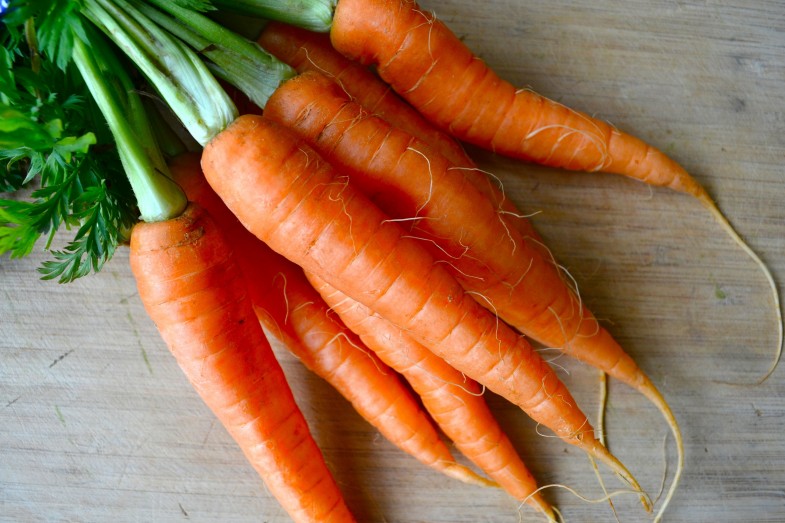
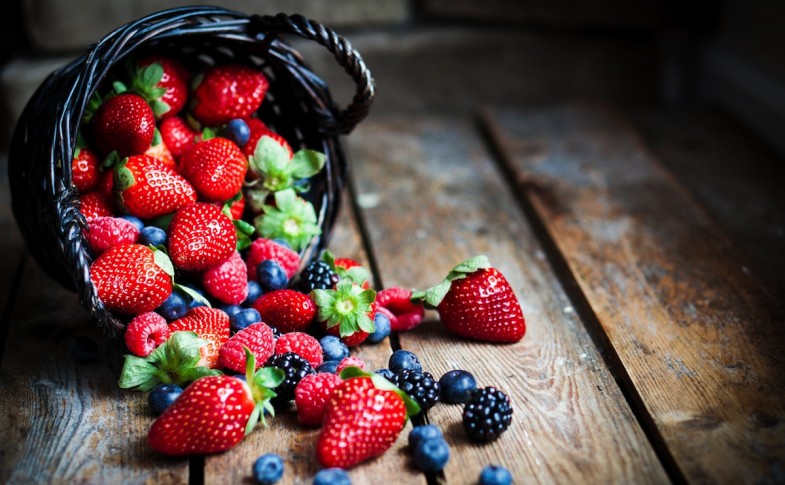
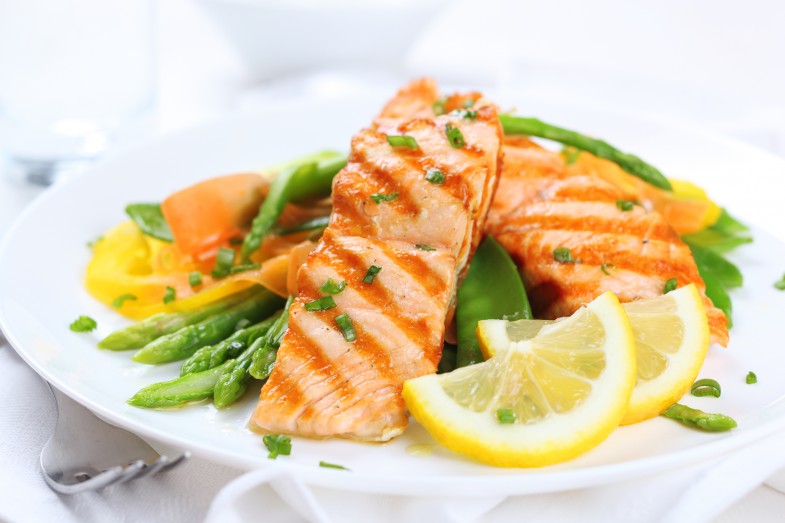
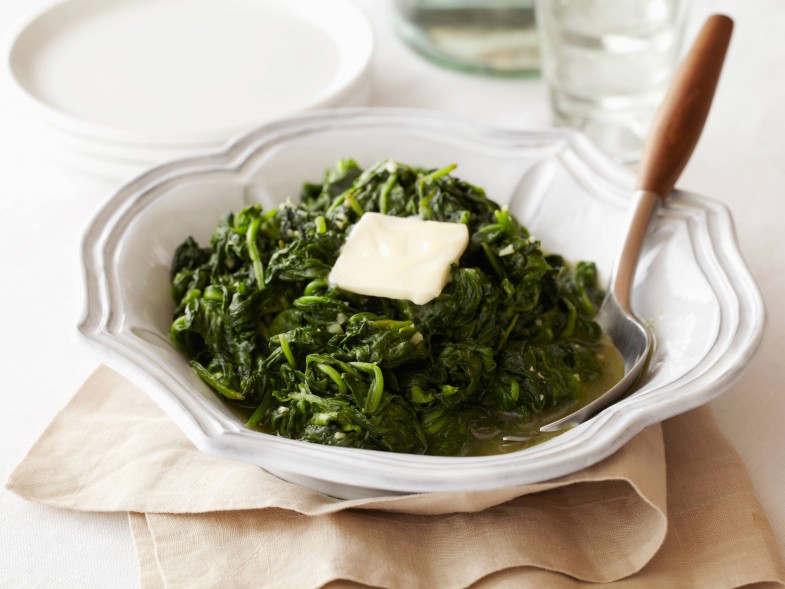
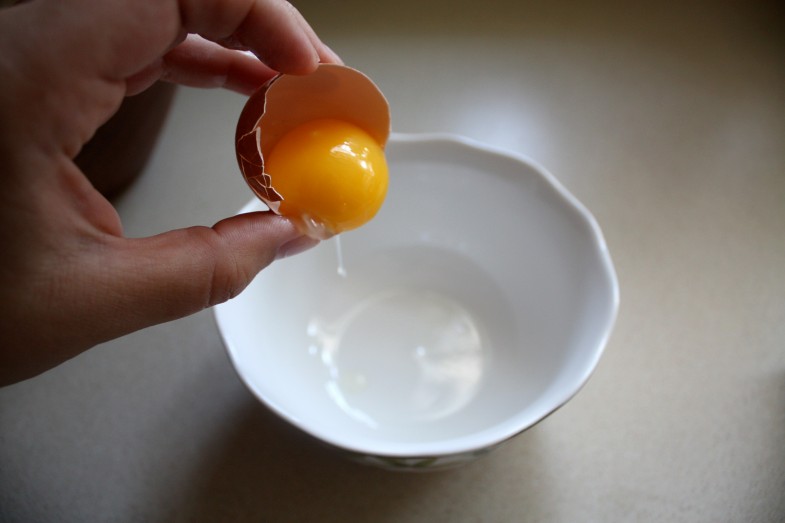 Photo:kitchenplatter.com
Photo:kitchenplatter.com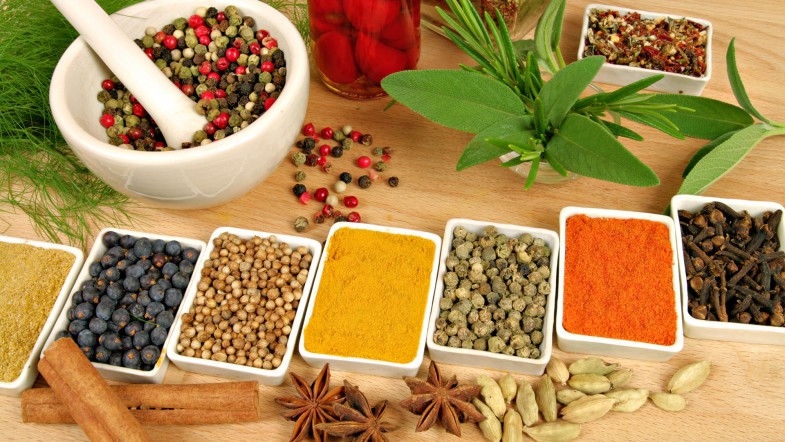
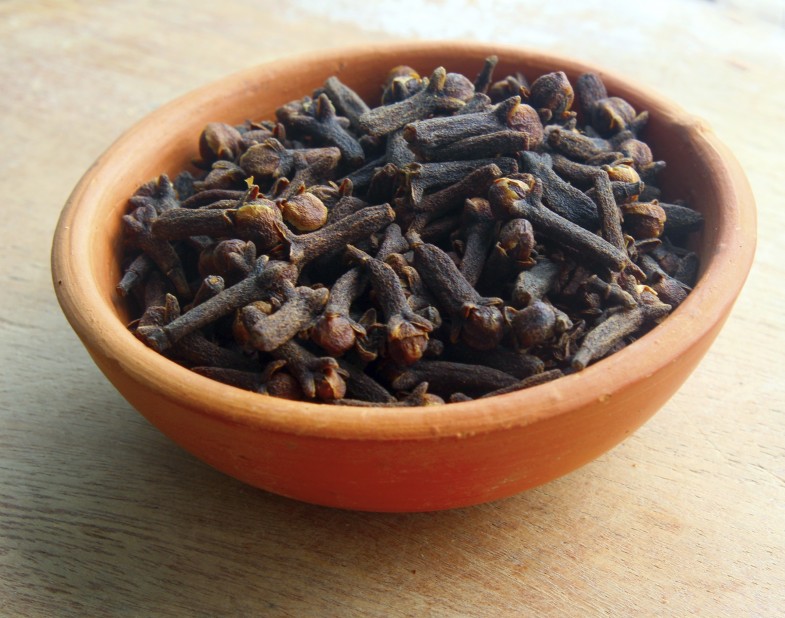
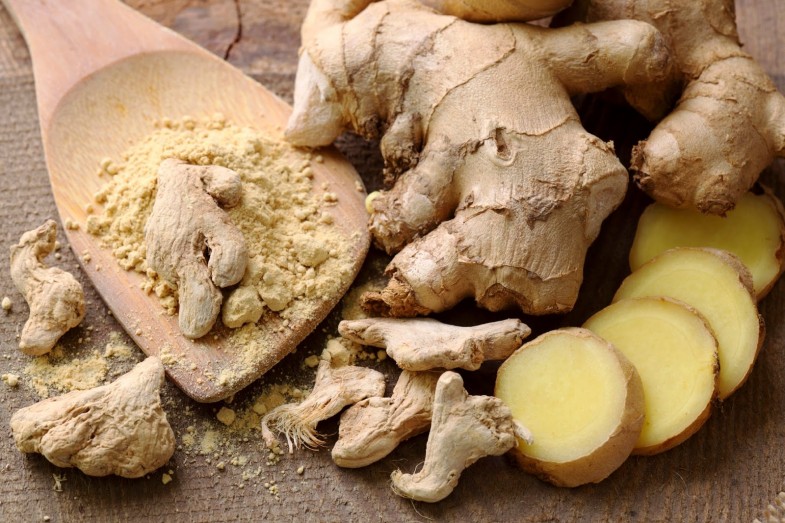
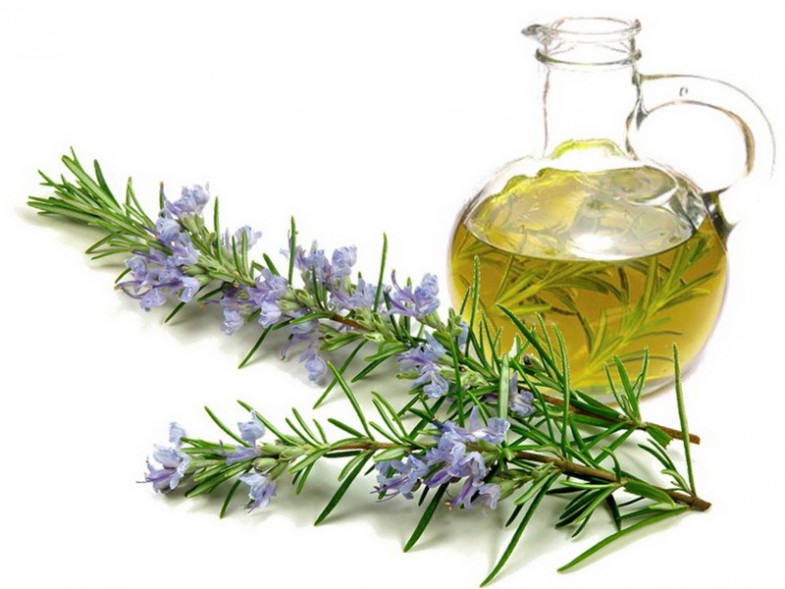
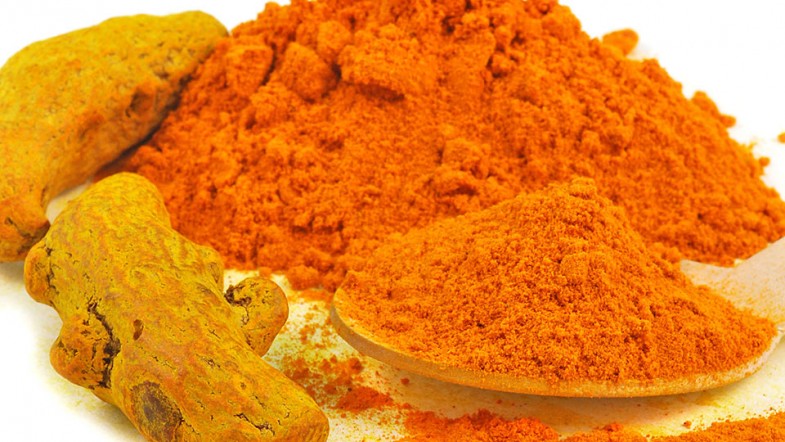



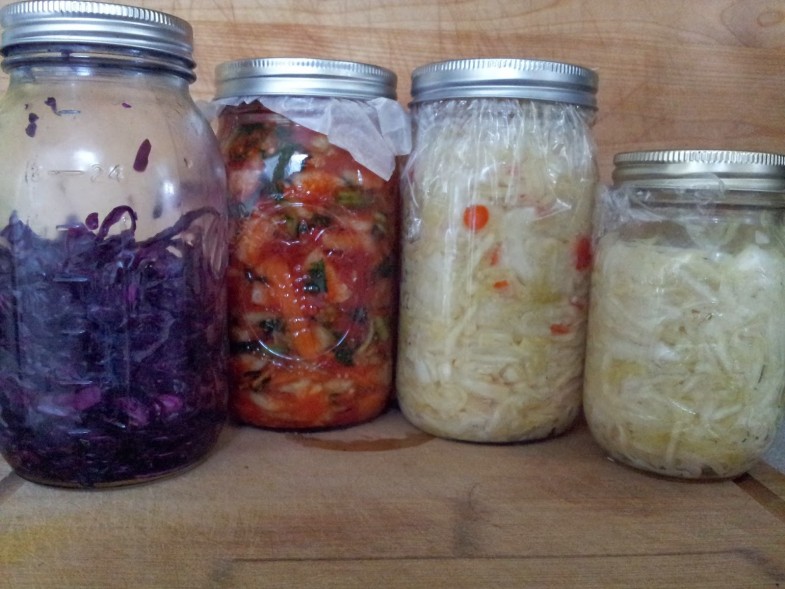
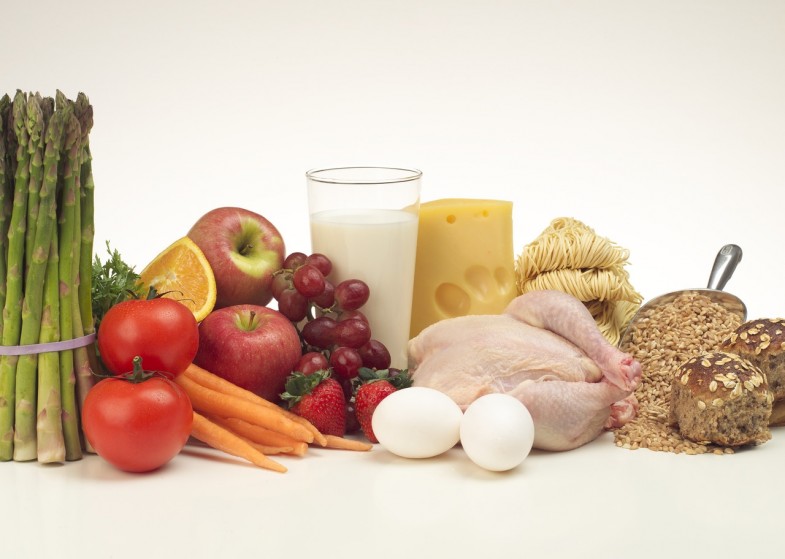
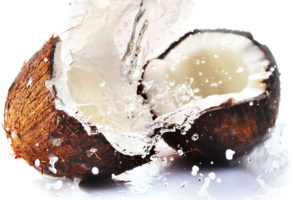

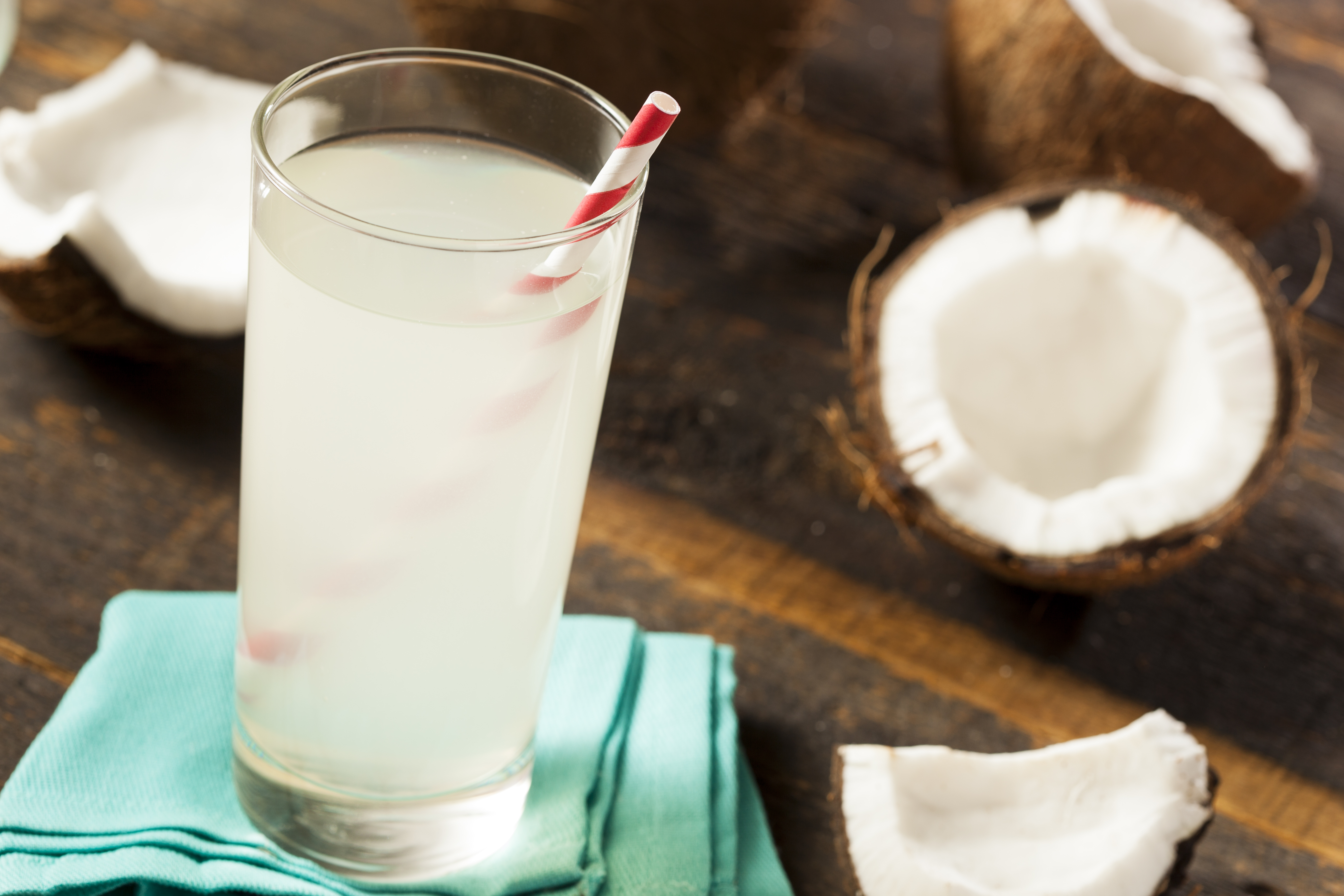

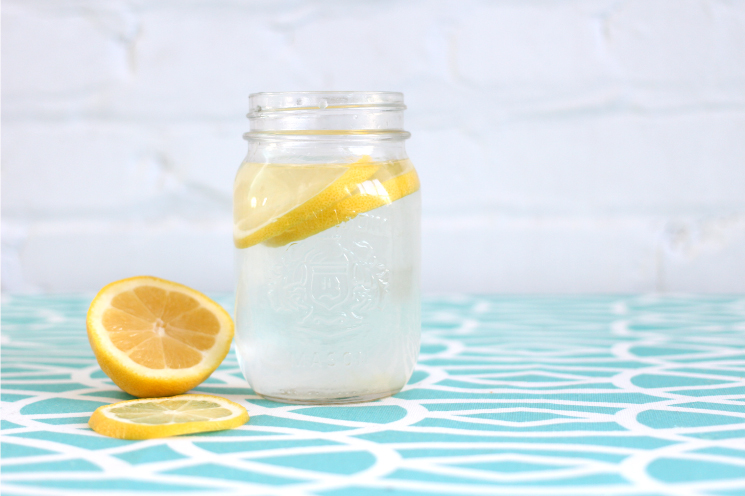
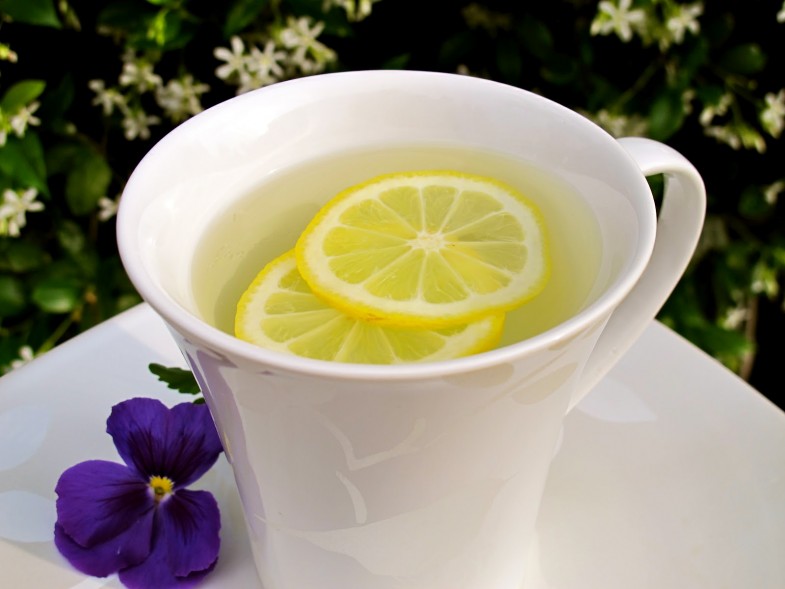




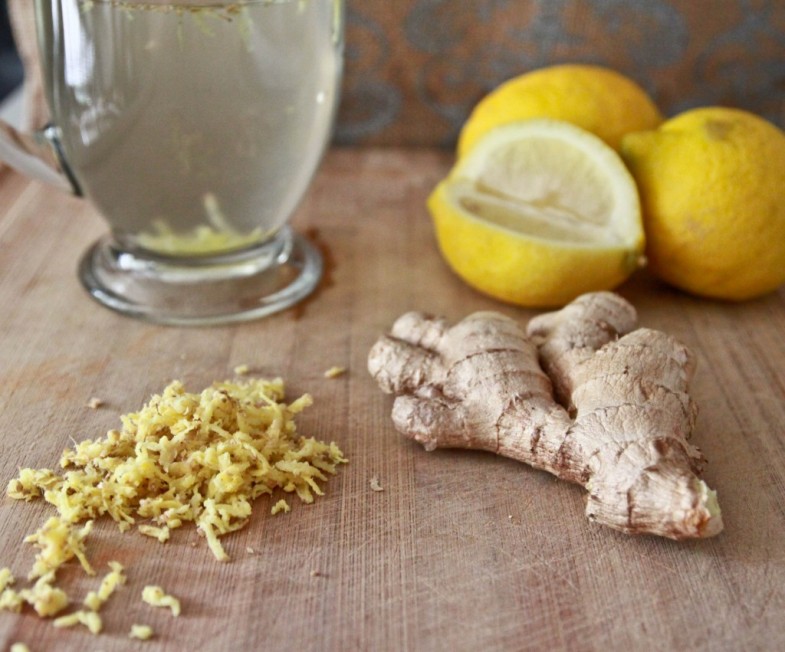

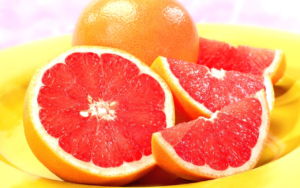 These are the foods you should be eating now.
These are the foods you should be eating now.